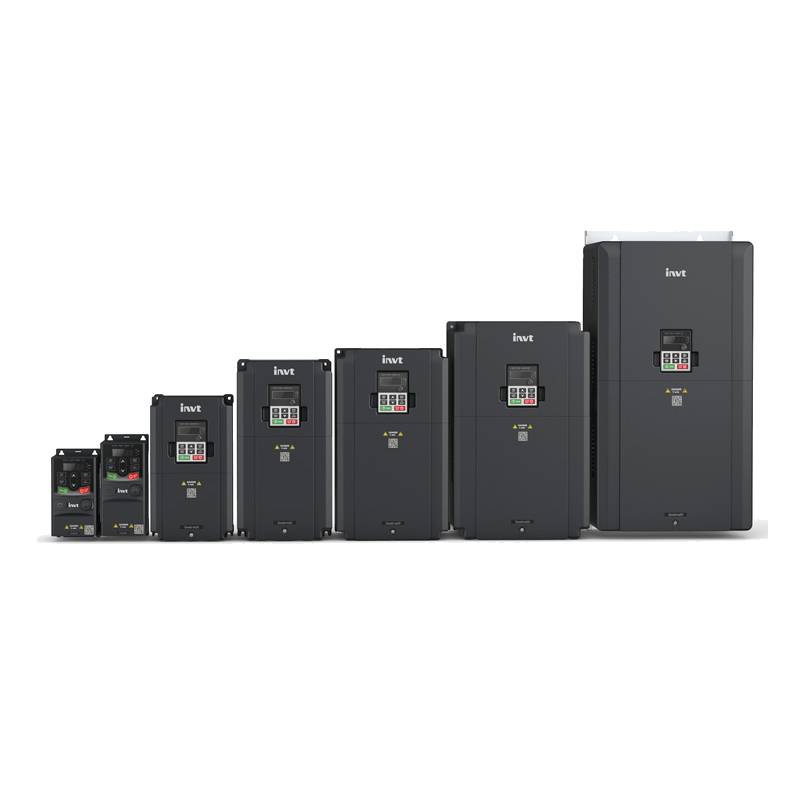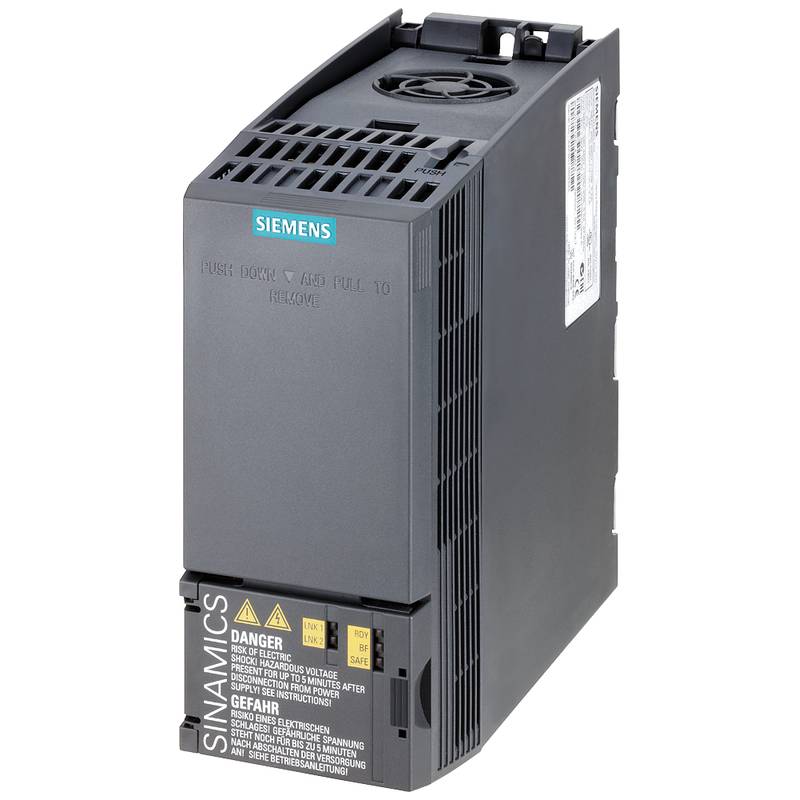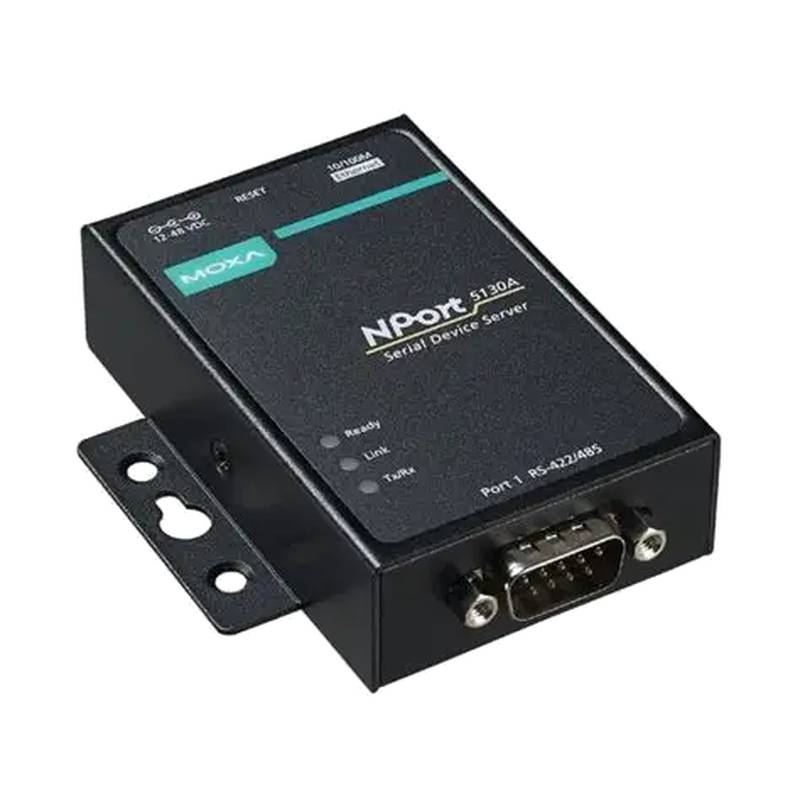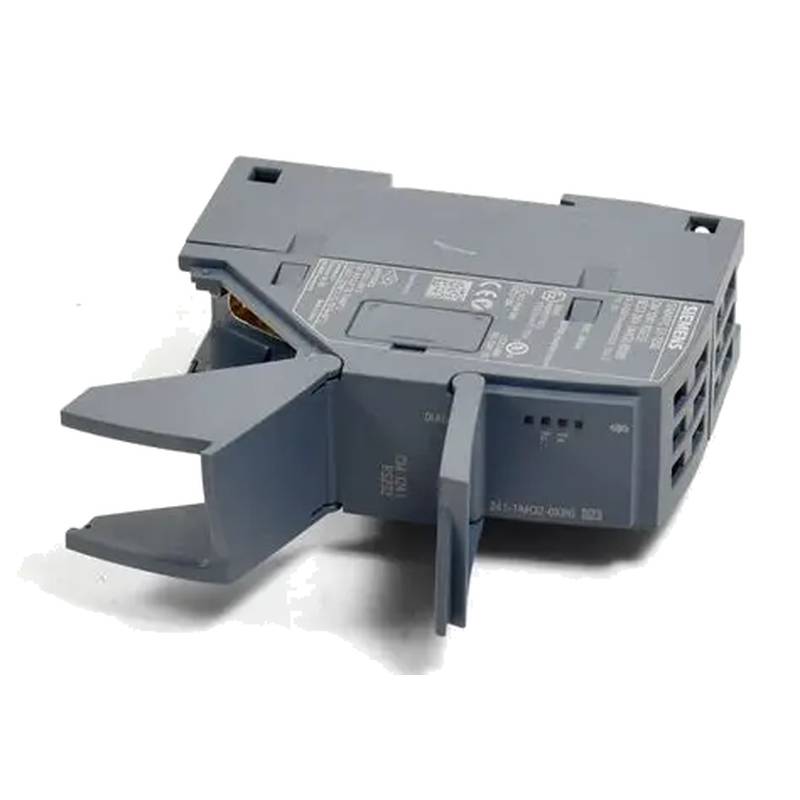
The Siemens BPZ:QBM81-10 pressure sensor and switch stands as a robust and versatile solution for critical pressure monitoring and control applications within demanding industrial environments. Engineered for reliability, this device offers precise measurement capabilities alongside integrated switching functions, significantly enhancing operational efficiency and safety. Its core advantages lie in its robust construction, high accuracy, and seamless integration into Siemens' automation ecosystems. Key technical parameters include a measuring range typically spanning from 0 to 10 bar, with an output signal often featuring a 4-20 mA current loop for analog data transmission and configurable digital outputs for immediate switching signals. The operating temperature range commonly extends from -20°C to +85°C, ensuring dependable performance across varied ambient conditions.
Siemens BPZ:QBM81-10 Product Specifications
| Feature | Specification |
| :----------------------- | :------------------------------------------ |
| Model | BPZ:QBM81-10 |
| Pressure Range | 0 - 10 bar (typical) |
| Output Signal | 4-20 mA (analog), Digital Switching Output |
| Accuracy | High precision, application-dependent |
| Operating Temperature | -20°C to +85°C (typical) |
| Material | Stainless Steel (wetted parts) |
| Electrical Connection | M12 connector (typical) |
| Protection Rating | IP65 or higher (typical) |
| Media Compatibility | Compatible with various industrial fluids |
Core Features & Market Positioning
The Siemens BPZ:QBM81-10 differentiates itself through its dual functionality, acting as both a precise pressure transmitter and an integrated pressure switch. This consolidation of capabilities streamlines system design, reduces component count, and minimizes potential points of failure. Its robust stainless steel construction ensures excellent resistance to corrosive media and harsh environmental conditions, a critical factor for long-term operational integrity in sectors like chemical processing, water treatment, and general industrial automation. The device's integration within the broader Siemens industrial control and automation portfolio positions it as a reliable choice for users already invested in or seeking to leverage Siemens' comprehensive solutions for enhanced interoperability and unified system management.
Key Application Scenarios
This pressure sensor and switch finds extensive application in process control loops where precise pressure monitoring is paramount. It is ideally suited for applications such as monitoring pump performance, detecting blockages in pipelines, controlling pressure levels in tanks, and ensuring safe operating limits are maintained in hydraulic and pneumatic systems. The BPZ:QBM81-10 is a go-to component in water and wastewater management for monitoring distribution networks and treatment processes, as well as in the food and beverage industry for maintaining hygienic conditions and process integrity. Its reliability also makes it suitable for deployment in demanding environments encountered in energy generation and automotive manufacturing.
Practical System Integration Guidance
Integrating the Siemens BPZ:QBM81-10 into existing control systems is typically straightforward, thanks to its standard output signals and robust connectivity options. The 4-20 mA analog output connects directly to analog input modules on PLCs or dedicated process controllers, allowing for continuous pressure value acquisition. The digital switching output can be configured as either a normally open (NO) or normally closed (NC) contact, enabling direct control of external devices like pumps, valves, or alarms based on user-defined pressure thresholds. Wiring typically involves a standard M12 connector, simplifying connection and ensuring a secure, environmentally sealed interface. For advanced integration, compatibility with Siemens' SIMATIC platforms ensures seamless data exchange and configuration management.
Operation and Risk Mitigation
Proper operation of the Siemens BPZ:QBM81-10 involves setting the appropriate pressure thresholds for its integrated switch function via its configuration interface or PLC programming. Users must ensure the selected pressure range and media compatibility align with the application's requirements to prevent premature failure or inaccurate readings. Risk mitigation strategies include regular visual inspection for damage, periodic calibration to maintain accuracy, and adhering to the specified operating temperature and pressure limits. Faults, such as zero drift or complete signal loss, can often be addressed by checking electrical connections, verifying media supply, and confirming the sensor's operational range has not been exceeded. Always consult the product manual for specific troubleshooting codes and procedures.
Scalability & Long-Term Value
The Siemens BPZ:QBM81-10 offers significant long-term value through its robust design, ensuring a prolonged service life even in challenging industrial settings. Its compatibility with Siemens' broader automation portfolio allows for seamless integration into evolving plant architectures, including migration towards Industry 4.0 and Industrial IoT (IIoT) initiatives. As control systems are upgraded or expanded, the BPZ:QBM81-10 can readily be incorporated or replaced, maintaining a consistent level of performance and data integrity. This ensures that investments in pressure monitoring infrastructure remain relevant and adaptable to future technological advancements, providing a scalable foundation for operational improvements and data-driven decision-making.
Frequently Asked Questions (FAQs)
1. What is the typical pressure range of the Siemens BPZ:QBM81-10?
The Siemens BPZ:QBM81-10 pressure sensor and switch typically operates within a range of 0 to 10 bar. This range makes it suitable for many standard industrial pressure monitoring tasks.
This specified range allows for accurate measurement in low to moderate pressure applications. It is vital to confirm the exact model's specifications for precise operational limits.
Users should ensure their application's maximum and minimum pressures fall within this 0-10 bar window for optimal performance and longevity.
2. How is the BPZ:QBM81-10 powered and what are its output signals?
The BPZ:QBM81-10 is typically powered by a 24 VDC supply. Its outputs include a standard 4-20 mA analog signal for continuous pressure readings.
Additionally, it features configurable digital switching outputs. These can be set as normally open or normally closed for alarm or control functions.
This dual output capability allows for simultaneous analog data acquisition and direct digital control actions within an automation system.
3. What are the environmental considerations for installing the BPZ:QBM81-10?
The BPZ:QBM81-10 is designed for robust industrial use, commonly featuring an IP65 protection rating or higher. This signifies protection against dust and water ingress.
It typically operates reliably within a temperature range of -20°C to +85°C. This wide range accommodates many ambient industrial conditions.
The wetted parts are usually constructed from stainless steel, providing good resistance to various industrial media and corrosion.
4. Can the BPZ:QBM81-10 be used with different types of industrial fluids?
Yes, the Siemens BPZ:QBM81-10 is designed for compatibility with a range of industrial fluids. Its stainless steel construction offers good resistance to many common media.
However, it is crucial to verify the specific model's material compatibility against the exact fluid being used. Consult the product datasheet for detailed media resistance charts.
Improper media selection can lead to sensor damage or inaccurate readings, so always confirm suitability before installation.
5. How do I connect the BPZ:QBM81-10 to a PLC?
Connection to a PLC typically involves using its standard M12 electrical connector. The 4-20 mA analog output connects to an analog input module on the PLC.
The digital switching output can be wired to a digital input module on the PLC for status monitoring or direct control integration. Ensure correct wiring polarity and voltage supply.
Configuration of the sensor's parameters, such as pressure thresholds for the switch, can often be done via the PLC programming software or directly through the sensor's interface if available.
6. What is the accuracy specification for the BPZ:QBM81-10?
The Siemens BPZ:QBM81-10 offers high precision in its pressure measurements. The exact accuracy is application-dependent and detailed in the product's technical specifications.
Users should refer to the specific datasheet for the model they are using to find precise accuracy figures, often expressed as a percentage of full scale.
Maintaining this accuracy over time may require periodic calibration, especially in applications with stringent measurement demands.
7. Does the BPZ:QBM81-10 offer any built-in diagnostic features?
While specific diagnostic features vary by exact model, many Siemens sensors include self-diagnostic capabilities. These can detect internal faults or signal anomalies.
If a fault is detected, the sensor may indicate this through its output signal or status indicators. Refer to the product manual for specific fault codes or behaviors.
Proper system design should also incorporate external diagnostics, such as monitoring signal plausibility at the PLC level.
8. Is the BPZ:QBM81-10 suitable for hazardous area applications?
Standard versions of the BPZ:QBM81-10 are generally designed for non-hazardous industrial environments. For applications in potentially explosive atmospheres, specific certifications and models are required.
It is imperative to check the product's certification markings and accompanying documentation to confirm its suitability for hazardous zones (e.g., ATEX or IECEx compliance).
Using a sensor not rated for a hazardous area can pose significant safety risks and is strictly prohibited.
9. How can I configure the switching point of the BPZ:QBM81-10?
The switching point configuration for the BPZ:QBM81-10 is typically performed via software. This can be through Siemens’ TIA Portal if integrated with their automation platforms.
Alternatively, some models might offer on-device setting options or require specific configuration tools. Consult the product manual for the exact procedure relevant to your model.
Users must carefully set the thresholds to match the operational requirements of their control system or alarm logic.
10. What is the expected lifespan of the BPZ:QBM81-10 under normal operating conditions?
The Siemens BPZ:QBM81-10 is engineered for durability, offering a long service life in industrial applications. Its robust construction contributes to its longevity.
Expected lifespan is influenced by factors such as the frequency of pressure cycles, the nature of the media, and adherence to operating specifications. Regular maintenance can maximize its operational period.
Under typical, well-managed industrial conditions and within its rated parameters, these sensors can reliably function for many years.
























